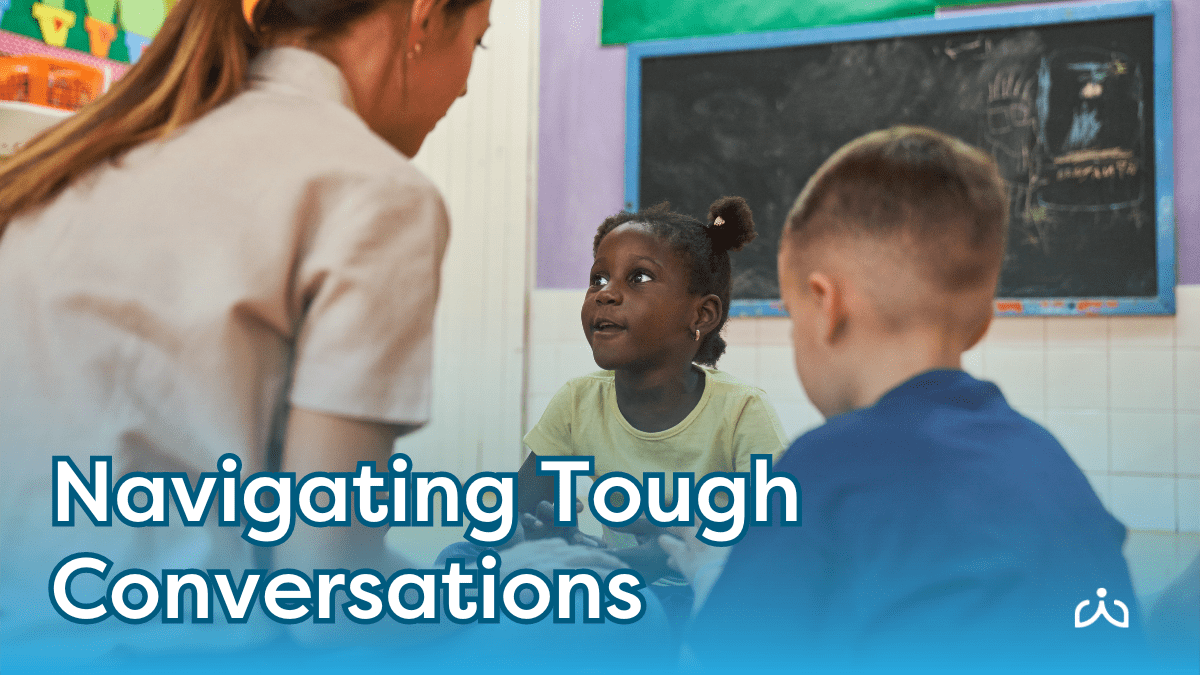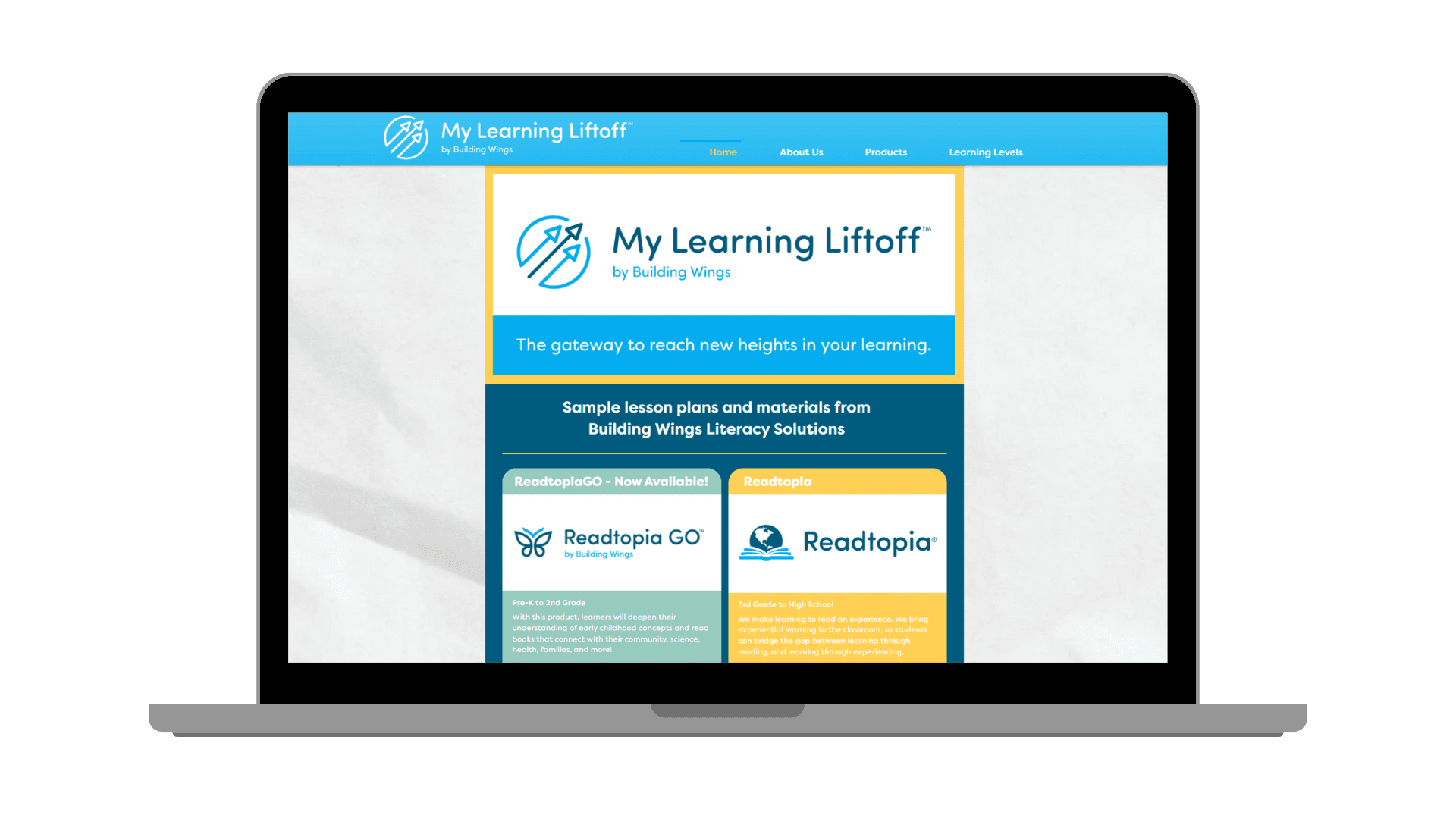Shared Reading and Reading Out Loud: Benefits and Differences
Evidence-Based Practices for Learning to Read

What is the difference between shared reading and reading aloud ?
A shared reading experience is much more interactive than a traditional read-aloud. During shared reading, you may see the fluent reader reading a text slightly above the listeners’ reading level that a listener might not be able to read on their own, pausing to engage with the listeners during reading, asking lots of open-ended questions, and inviting discussion during the interaction. Think of a parent sitting on the couch next to their child, or a teacher reading to a small group, asking them open-ended questions about their experiences related to the story.
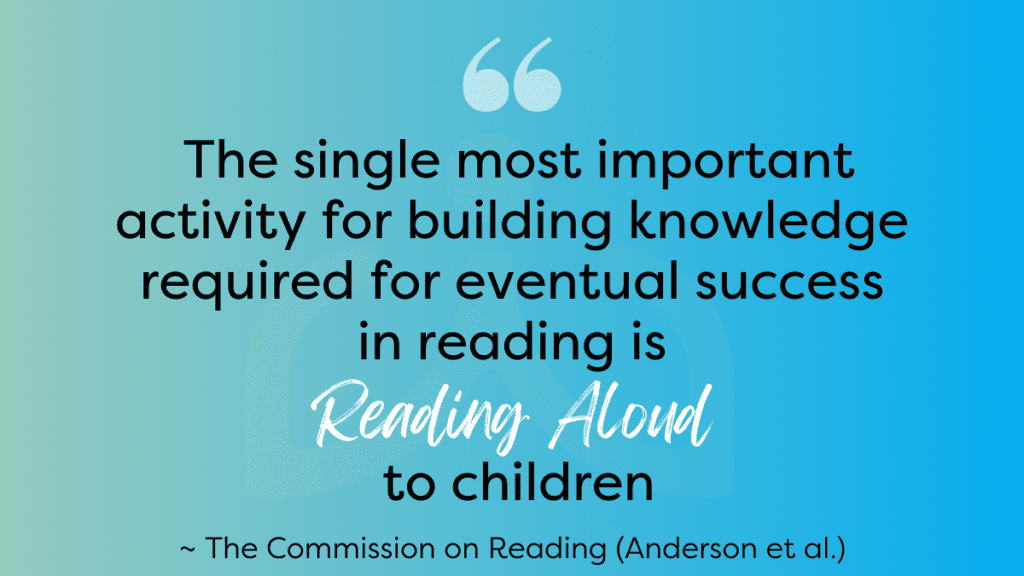
What are the benefits of read-alouds and shared reading?
Reading out loud, sometimes called “read-alouds,” involves a proficient reader orally presenting the text to one or more listeners. This approach can be found in almost any academic setting, from early childhood classrooms to upper-grade levels. The benefits of real-alouds include:
- Building listening skills. According to Susan Pimentel, who helped develop national standards-driven ELA curriculum, read-alouds play a crucial role in developing listening skills for younger learners. This is particularly true if the text is “two to three grades above their complexity levels” because students will be exposed to many “new” words. Listening attentively to a fluent reader also enhances phonemic awareness and language acquisition.
- Developing language. The American Academy of Pediatrics (AAP) recognizes the significance of early language exposure in children’s cognitive development. Read-alouds provide an immersive language experience, exposing children to rich vocabulary and diverse linguistic structures.
- Cultivating a love of reading. The Journal of Educational Psychology suggests that read-alouds contribute significantly to children’s motivation to read. The engaging nature of this approach fosters a positive association with books, laying the foundation for a lifelong love for reading.
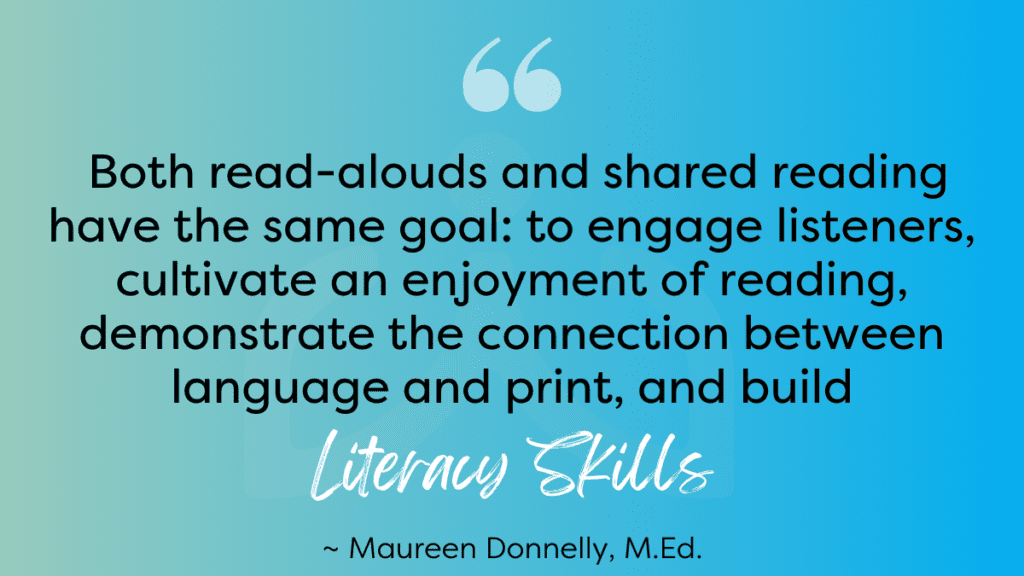
Shared reading is a collaborative experience where a fluent reader (such as an educator) and learners read a text together. With shared reading, active participation is required, and the text is usually visible to everyone so all group members can follow along. The benefits of shared reading include:
- Developing fluency. A peer-reviewed article in the International Journal of Research in Education and Science highlights the impact of shared reading in improving reading fluency. By listening and engaging alongside a proficient reader, students learn rhythm, intonation, and punctuation, helping to build language fluency.
- Growing vocabulary. The International Reading Association emphasizes that the interactive element of shared reading helps students more actively engage with the text, allowing them to discuss and explore new words in various contexts.
- Encouraging critical thinking. The National Council of Teachers of English asserts that shared reading provides natural opportunities for students to have meaningful discussions and practice critical thinking. Through open-ended questions and building a collaborative understanding of the text, students develop analytical skills and a deeper understanding of content.
- Demonstrating the connection between print and language: As we read aloud to children, we demonstrate that letters and words allow us to represent what we say and think.
A Summary of Short Definitions
Educators may use a variety of phrases for these reading instructional practices. While they sound similar to parents and students, there are differences. These are definitions to commonly used terms.
Read Alouds and Reading Aloud and Reading Out Loud – When someone reads TO a learner
Shared Reading – When someone reads WITH a learner. A practice that includes specific components to benefit emergent readers or readers who don’t have a lot of experience with books and printed text
Interactive Read Alouds – These include time for pausing and conversation and often include comprehension questions, something that is not part of Shared Reading.
Supported Reading – is a term that can be used synonymously with interactive read-alouds and supports groups of learners in processing texts holistically by anchoring background and reflecting on new learning.
Independent Reading / Self-Selected Reading – Independent Reading includes offering all learners the opportunity to make their own selection of digital books, physical books, audiobooks or written materials to manipulate, view, listen, explore and read on their own based on their interest levels.
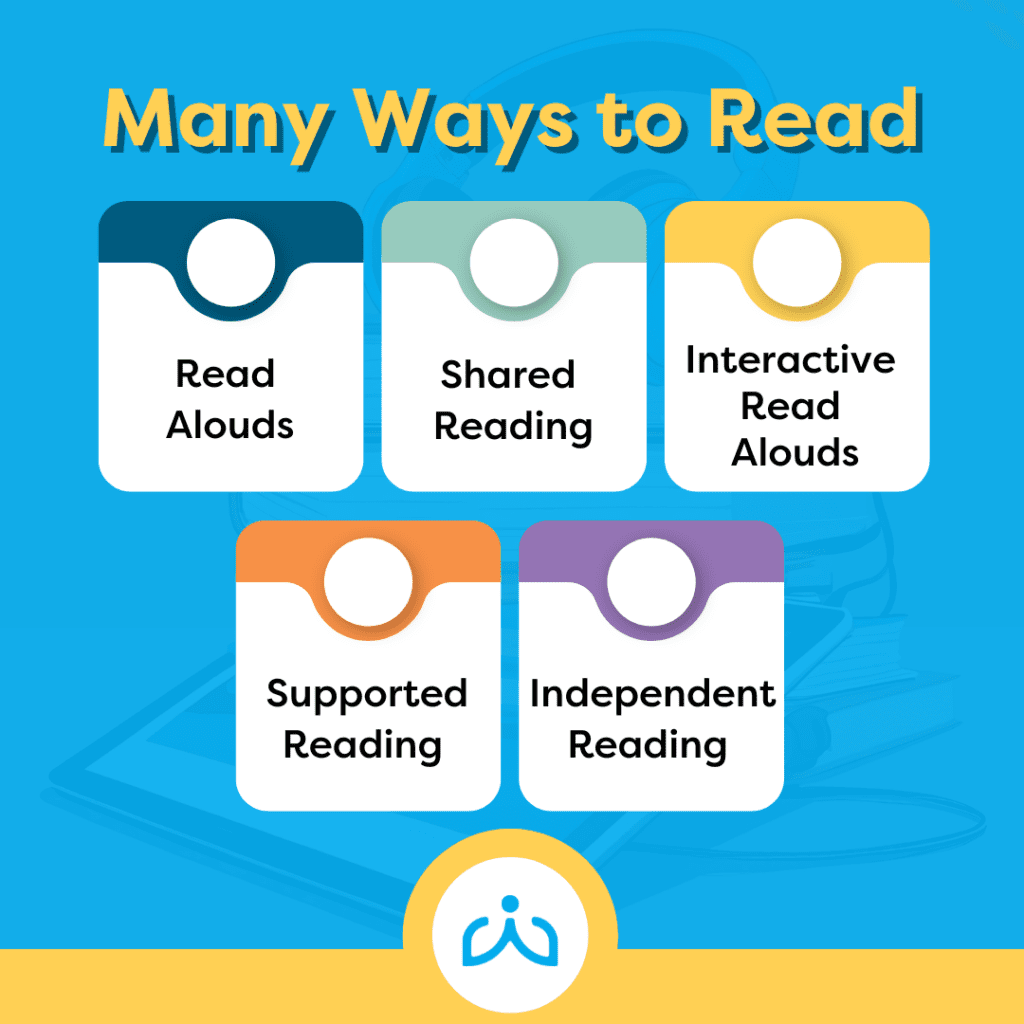
Strategies and Best-Practices for Shared Reading
A read-aloud session can easily be transformed into a shared reading experience. There are many ways to lay the groundwork for positive and productive shared reading experiences. These include:
- Picking a book that is motivating and engaging for listeners. This could include exciting pictures, silly topics, topics of interest, or new words.
- Planning ahead by thinking about the places you will pause during the story and what kind of questions or comments you will ask. You can even use sticky notes to write down what you will say and stick them on the pages where you will stop. Don’t ask comprehension questions, as the point of shared reading isn’t about comprehending the book. Instead, think about how it connects to the listeners’ lives. Using the “CAR and Put the CROWD in the CAR” strategy is recommended to comment, pause, ask a question, pause, and respond.
- Position yourself by ensuring every listener can see you and the pages.
- After asking a question, pause long enough to give students time to think and reflect. This may be a few seconds for verbal students, but it may be much longer for students who have complex bodies and use AAC devices. Just do your best.
- Acknowledge all responses. Try your best to make a connection. If you are reading about dogs, and a listener comments “Thomas the train,” you could simply say something like “Do you and your dog watch Thomas the Train together?” It is so important to help make the connection. There are no wrong answers or comments during shared reading.
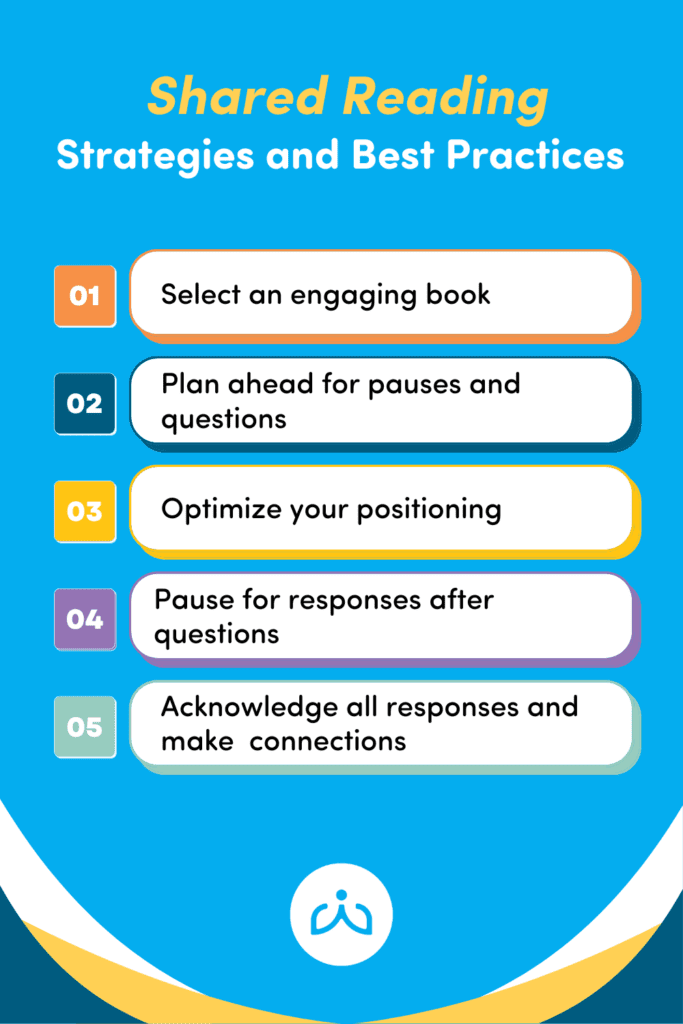
Read Aloud and Shared Reading Resources for Educators
For additional classroom resources from Dr. Karen Erickson and the Center for Literacy and Disability Studies at UNC, see the Tar Heel Shared Reader website.
Resources for Read Aloud and Shared Reading Books can be found on the Tar Heel Reader website, soon to be Monarch Reader, which has thousands of books that can be accessed for free.
Dr. David Koppenhaver shares recommendations for inclusive books for Shared Reading.
Enjoy this complimentary recording of One Wonderful You, which is part of the ReadtopiaGO literacy instruction curriculum
Making Reading and Learning to Read Fun and Enjoyable
Whether you’re reading aloud or engaging in a shared reading experience, you’re helping learners discover the power and magic of words. Bringing playfulness, creativity, and enjoyment to the process does more than just nurture a skill: it can ignite a passion that opens an entire world of literary possibilities and makes reading irresistibly enjoyable.




